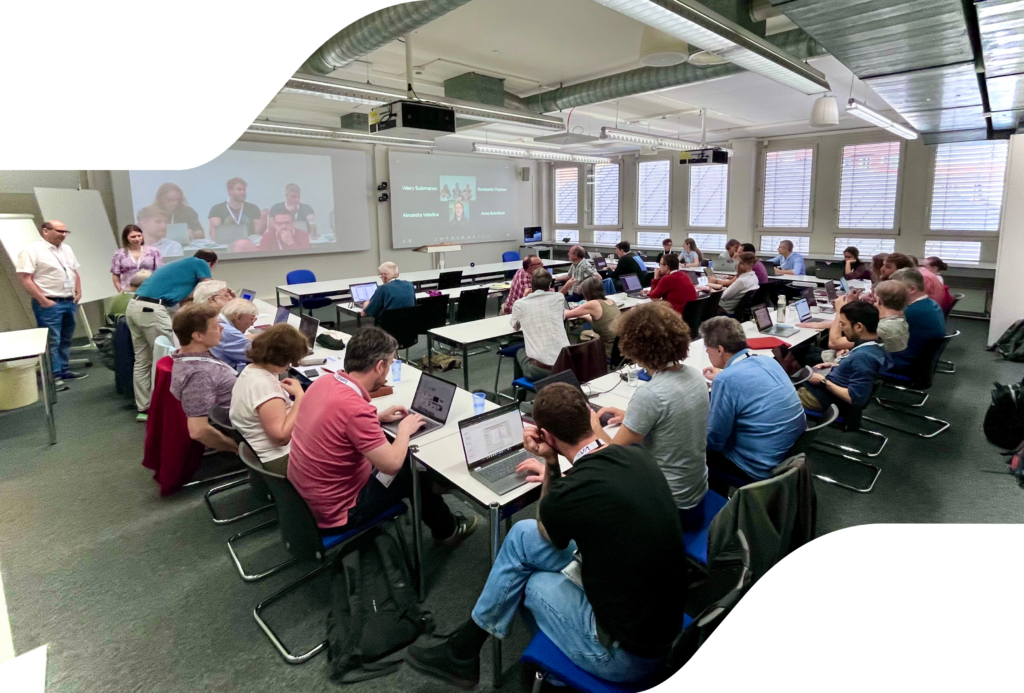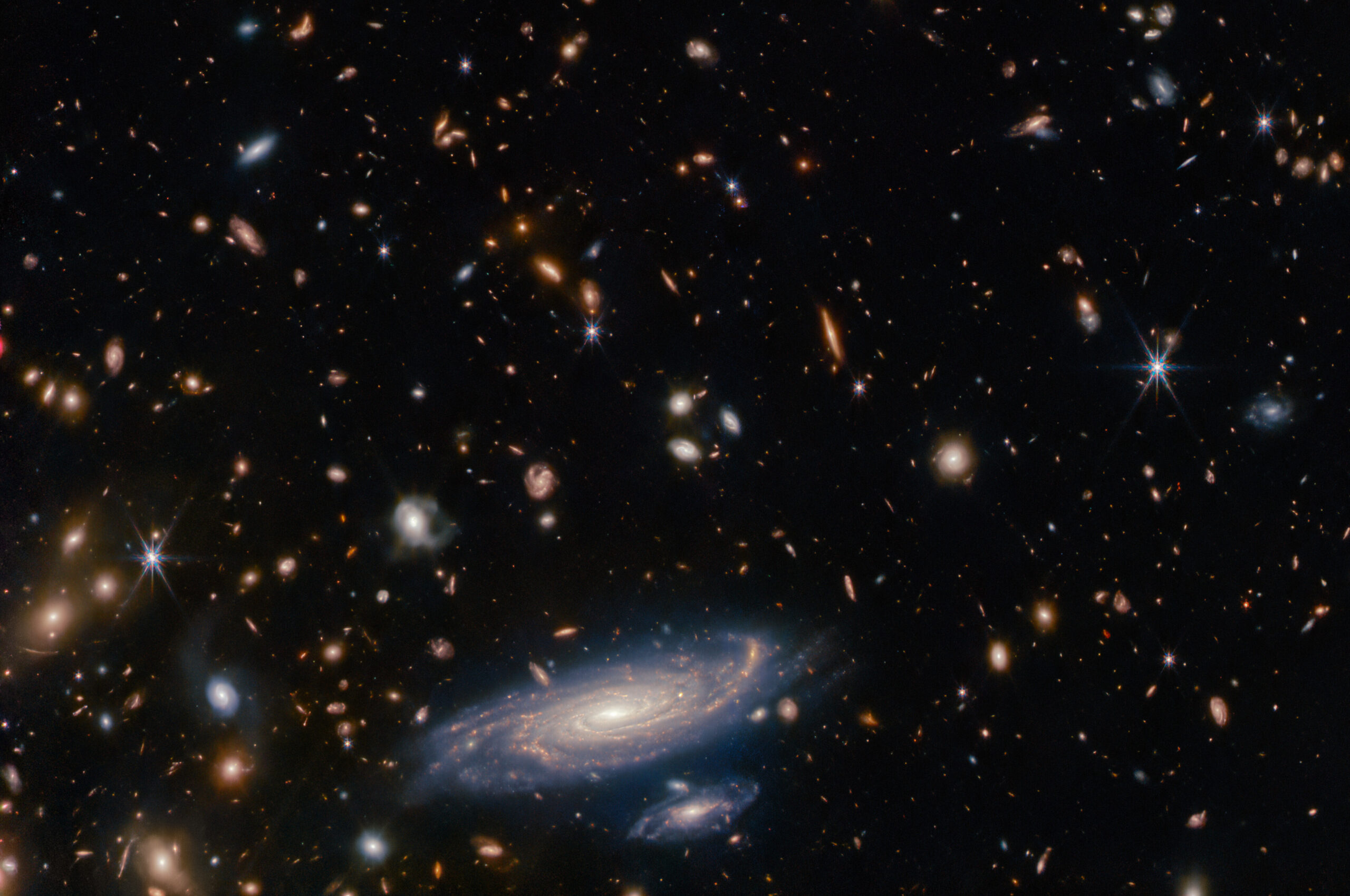Johannes Geiss felt that there was an absolute need for the Swiss space community to have an internationally recognised forum where a free and independent exchange of scientific ideas could happen. In the 80’s and 90’s, an impressive array of space missions, on either side of the Atlantic, such as Giotto and later SOHO, were producing large quantities of data, but the community was ill-prepared to take advantage of this new “golden era” of the space sciences. Space instruments were getting increasingly complicated, and the datasets they produced were complex.
The idea of creating an institute rooted in the concept of Science First, designed to facilitate the scientific discourse in a multi-disciplinary setting, and ambitiously focused on pushing to the maximum the scientific outcome of space missions, started taking traction. Prominent astronomers in Switzerland supported the idea. Roger-Maurice Bonnet, who had been Director of Science at ESA since 1983, and Reimar Lüst, ESA Director General, immediately saw the benefit of highlighting the scientific results from the huge mission investments that ESA had made. The Swiss government saw the potential for scientific leadership for their scientific community, at a national and international level. One first idea was to have the Inter-Agency Consultative Group (IACG) involved in setting up this new institute, but eventually, a partnership developed between ESA and the Swiss government, to provide the financial infrastructure for such institute to operate. Interestingly, the IACG included other space related international entities, such as JAXA/ISAS, NASA and what was at the time the Intercosmos Council of the Soviet Academy of Sciences.
Guided by his lifelong commitment to international collaborations, and having secured the principal stakeholders, Johannes Geiss did not stop, but went one step further because he knew that in order to be truly successful, his dream institute needed to have worldwide reach. So, he reached out to Prof. Sagdeev from the Soviet Academy of Sciences, and to NASA Associate Administrator Prof. Len Fisk in the US. Prominent scientists from the Swiss scientific community and industry also supported the ambitious idea.
Finally, in early 1994, the Canton of Bern gave their commitment and ISSI was established as a foundation on January 31, 1995. Johannes Geiss stayed at the helm as the first Executive Director, aided by friend and colleague Rudolf von Steiger as Senior Scientist. A Board of Trustees was established, and one of their first actions was to rent the premises at Hallerstrasse 6, where ISSI is still hosted today. The very first workshop that took place at ISSI in November 1995 was focused on the study of “The Heliosphere in the Local Interstellar Medium” and was a resounding success.




